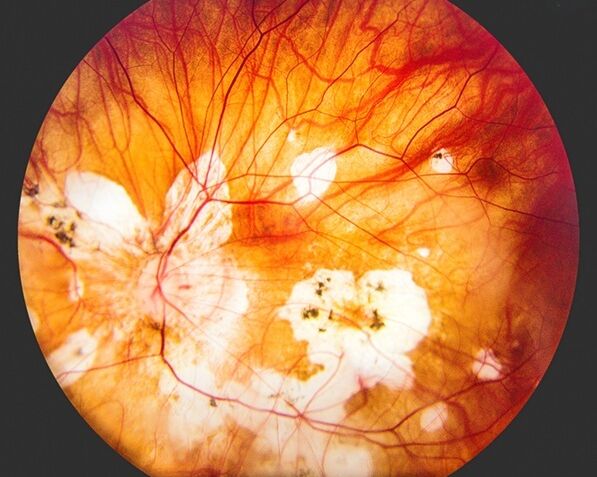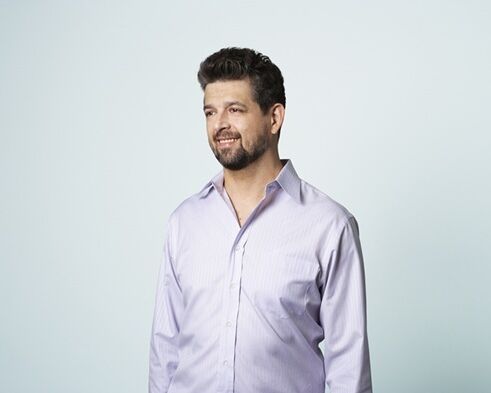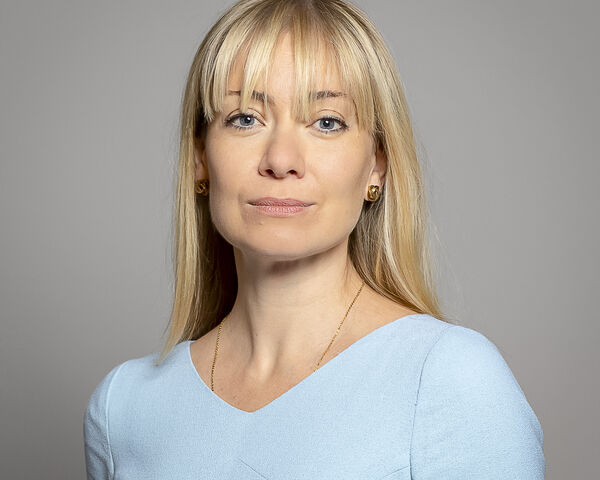Rare Disease Day – rare diseases aren’t rare
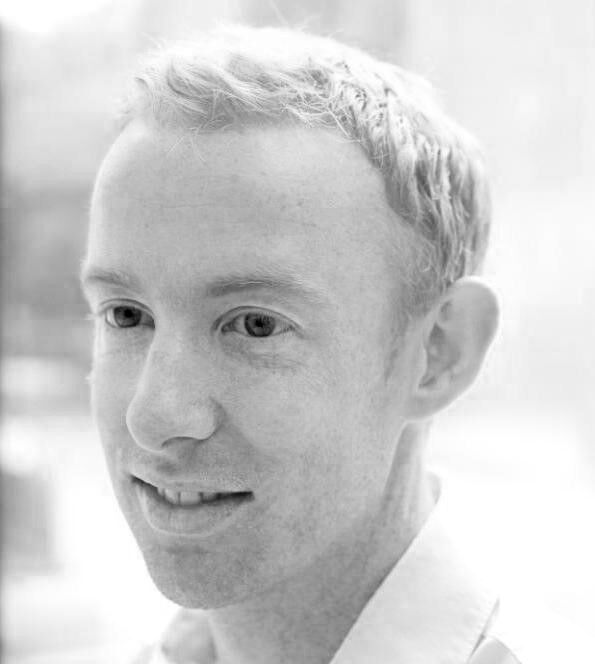
In this blog Dr Richard Scott (pictured) talks about the long path to diagnosis for many people with rare diseases, and the challenge of raising awareness amongst the public and healthcare professionals.
As the world marks Rare Disease Day on 28 February, Genomics England explores patient and clinical perspectives of rare disease. In an accompanying blog we hear from Rebecca Middleton on how through the 100,000 Genomes Project, patient experience is being placed at the heart of rare disease research. While coming at the rare disease experience from different directions, they share the idea of progress, challenges – and hope.
Rare diseases aren’t rare – so it’s important we focus on them
“Rare Disease Day was first launched 10 years ago by EURODIS − an alliance of patient-driven organisations in Europe. It’s now a worldwide phenomenon.
Why the focus on rare diseases you ask? Are there not more mainstream problems to focus on? Well, the name is misleading. Rare diseases are individually rare − by definition − affecting less than 1 in 2,000 people. But there are an estimated 6,000 or so of them, meaning that they are collectively common: an estimated 1 in 17 of us is affected.
Rarity brings with it problems, but they don’t stop there. At least half of rare disease affect children. And their impact is often severe – sadly, 30% of those with rare disease die before their 5th birthday. The impact on health and normal life is often substantial, even in those less severely affected. The diseases are typically lifelong and often affect multiple organ systems of the body.
In the ten years since the launch of Rare Disease Day, there has been much progress. There has been increasing recognition of the importance of rare diseases and increasing focus of governments and health systems. In the UK, the Department of Health issued a Rare Diseases Strategy in 2013 and will today issue an update on progress.
The long path to diagnosis – the so called ‘diagnostic odyssey’ – has been a major area of focus. It needs to be. Surveys show that it takes an average of five years to receive a diagnosis and 40% of patients are misdiagnosed.
Most rare diseases are thought to have genetic cause and the great advances in genomics in recent years are helping. Now it can cost as little as $1,000 to sequence a whole genome, although that doesn’t include the costs of interpreting the data and generating a clinical report. Other forms of genetic testing are cheaper too.
In the UK we are lucky to have access to whole genome sequencing for rare disease patients on a research basis through the 100,000 Genomes Project, on which I work. We’ve now reached the half way mark in the project, having sequenced over 50,000 genomes, and are working closely with NHS England to develop the systems that will allow genome sequencing to enter mainstream diagnostic use. This will again place us right at the forefront of rare disease genomics − but that shouldn’t make us complacent.
Even with the very best technologies available, rare disease diagnostics remain hard. In many settings, the majority of patients remain undiagnosed. Our knowledge is advancing rapidly, but is still far from complete. We all carry hundreds of rare genetic variants and it can be challenging to spot the variant that is the cause of a person’s rare disease, even if it’s in a well-known gene.
In the UK we have a long history of close work between genomics laboratories and clinicians. This new era of genomics will require even closer laboratory-clinical working to ensure we fully harness the extraordinary potential of the technologies we now have in our hands.
In the context of these great scientific advances, some of the biggest challenges we face may seem prosaic. Simply recognising that someone might have a rare disease is often challenging. How do we make the public and primary care and front line mainstream medical teams aware of these individually rare conditions?
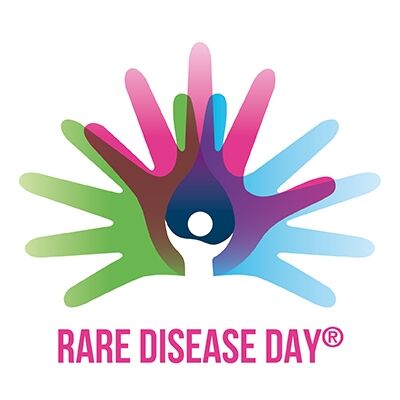
By raising the profile of rare diseases as a whole, efforts such as Rare Disease Day are already beginning to have an effect. Broader education of the medical workforce about genomics is also helping. But there’s a long way to go and other approaches will be necessary. Increasing integration of genomics services with mainstream specialties is vital. With increasing use of electronic health care systems, there are also great potential benefits from building systems that highlight the need to consider rare disease or refer for a specialist opinion.
But rare disease care is about far more than just testing and ending the diagnostic odyssey. Coordination of the complex care of rare disease patients is often challenging, but is essential for high quality care and can bring considerable psychosocial benefits and cost savings. Currently, many patients and families bear the burden of the task. This is an area in need of greater investment.
With most rare diseases hard to treat, even when a diagnosis is made, research must be at the core of the care we offer. And with the number of people with each disease so small, patients’ wishes to share their data broadly must be heeded.
While we should be grateful that there is an increasing patient voice bringing us events such as Rare Disease Day, the drive of patient groups shouldn’t be taken for granted. You don’t need to hear many stories of patient-led research initiatives to realise that the onus is on the medical and pharmaceutical communities to keep pace with the endeavour of those affected with rare disease.”
Dr Richard Scott is Genomics England’s Clinical Lead for Rare Disease
